Some of you may know that Africa is our favourite continent in the world, especially the country of South Africa.
Over the years, we’ve travelled to South Africa, Swaziland, Zimbabwe, Zambia, Kenya, Rwanda, Uganda, Tanzania and Mozambique but there are still a few African countries we wouldn’t mind ticking off the list such as Madagascar (lemurs are Jacob’s favourite animal), The Seychelles (mmm delicious beaches) and surprisingly, despite some of the dangers, The Democratic Republic of Congo.
Our friend’s at Wild Rwanda Safaris wrote this post to share some of the top attractions in The Democratic Republic of Congo. Enjoy!
But First… Safety
The Democratic Republic of Congo is a vast country with the potential to become a leading tourist destination in Africa. Unfortunately, political instability, bad press and unrest in the Eastern part of the country has scared away many visitors.
Regardless of the bad press, one thing does not change and that is that DR Congo is blessed with great biodiversity and stunning landscapes that are impossible to ignore. It is the only country in Africa where tourists can still go and discover the African wilderness as it once was – unspoiled and untapped. It is only in Congo that one can see both lowland and mountain gorillas. Other rare species unique to DR Congo include the pygmy chimpanzee (bonobos) and the Okapi. The remote Congo rainforest is the third largest in the world and is believed to contain wildlife species yet to be discovered.
If you are still concerned about the security situation in DR Congo then think about this… The country is many times larger than the United Kingdom. You cannot generalize because of what happens in one part of the country. Even the most recent temporary 8-month closure of Virunga National Park did not deter tourists from visiting the country and its other national parks. So yes, there is unrest in parts of the country where it is unsafe, and other parts which are much safer.
So what makes DR Congo so attractive even with volatility in some parts of the country?
1. Track Mountain Gorillas in Virunga National Park
Established in 1925, Virunga National Park is the oldest national park in Africa. It has been designated as a world heritage site because of its remarkable flora and fauna. Virunga National Park is home to the mountain gorillas. Mountain Gorilla trekking and hiking mount Nyiragongo are the two most popular activities in the park. Gorilla tours in Congo provide tourists with a rare opportunity to visit the only mountain gorilla orphanage in the world.
The Senkwekwe Centre and Gorilla orphanage is built next to Mikeno lodge with the purpose of taking care of rescued gorilla orphans that lost their parents to poachers. Tourists can visit the centre to learn about gorilla conservation and the efforts put by organizations like the Gorilla Doctors in ensuring the survival of this endangered species. Visitors are free to make donations or commit to supporting one of the orphans. Virunga is not just about mountain gorillas though. We are talking about a park with chimpanzees, golden monkeys, lions, elephants, hippopotamus and the rare Okapi. Birders should expect to spot birds 410 species of birds.
Read: Our experience trekking with these beautiful groillas in Uganda.
2. Climb the Nyiragongo Volcano
Mount Nyiragongo is one of the few active volcanoes in the world. It is a prominent feature towering above the skies in Virunga National Park. Mount Nyiragongo is the only place where visitors can see a boiling lava lake up-close. When the volcano had its last major eruption in 2011, it left a trail of destruction in its wake. Lives were lost and more than 100,000 people were left homeless. When it eventually cooled down, what remained was a more solidified mountain and a large boiling lake at the summit. The only visible reminder of the boiling lava is a trail of smoke coming out from the summit.
With the recent opening of Virunga National Park, visitors are thronging to the beautiful Virunga National Park to see the lava lake up-close. Hiking to the top of the Nyiragongo Volcano takes two days and involves sleeping at the top of the Volcano. Apart from marvelling at Mother Nature at work and taking photos of the boiling magma, prepare to witness some breathtaking scenery of the Virunga National Park, the other neighbouring volcanoes like Karisimbi, Bisoke and even the Rwenzori Mountains in Uganda. A permit to hike Mount Nyiragongo costs about $450 and it is worth it. Highly recommended for those who want to do something very different.
3. Spott Lowland Gorillas in Kahuzi-Biega National Park
Kahuzi Biega is one of Congo’s hidden gems and another UNESCO World Heritage site. The park is well known as one of the two remaining habitats of the endangered Eastern lowland gorillas. The Eastern Lowland gorilla is also known as the “Grauer’s gorilla” is a subspecies of the Lowland gorilla.
Lowland gorilla trekking is the most popular activity in Kahuzi-Biega National Park. There are less than 300 Eastern Lowland Gorillas in the park. The best time to find the gorillas is during the rainy season. The gorilla families tend to move further away from the park headquarters during the dry season in search of fresh food. Apart from the apes, visitors to the park can expect to encounter virgin territory and amazing landscape consisting of mountains, lowlands, forests and great swamps.
Park Authorities don’t have full control of all sections of the park and this has given room to the poaching of wildlife. There is hope that as the park authorities secure more of the park, the world will finally begin to discover all its hidden treasures. Visiting the park is restricted and one needs special permission from the park authorities before being allowed inside the park.
4. Take a Safari in Garamba National Park
Garamba National Park is another UNESCO World Heritage site in the Democratic Republic of Congo. The park has vast savannah grasslands which support great herds of buffalo, giraffe and antelopes. Because of its remoteness and the volatile situation in the area, the park receives few visitors. Poaching by both militants and communities living near the park has greatly reduced the number of elephants in the park.
It is important to exercise caution while visiting the park because rebel elements led by the notorious Joseph Kony occasionally seek shelter in the remote areas of the park bordering South Sudan. With the recent successful democratic election in DR Congo, there is hope that peace will eventually return to every part of the country and this beautiful game park will be fully open to tourists. Some tour operators still run tours here.
5. Be Awed by Salonga National Park
Salonga National Park is also classified as a UNESCO World Heritage site. Salonga and Kahuzi-Biega national parks are the last strongholds of the Grauer’s gorillas. Grauer’s gorillas are the largest of the gorilla subspecies. They are heavier and larger than the mountain gorillas although with less fur. About 4,600 individuals live in the highlands and forests of these two national parks.
Although Salonga National Park has the greatest number of individuals, eastern lowland gorilla trekking is better organized and more popular in Kahuzi-Biega National Park. Salonga National park is also home to forest elephants, slender-snouted crocodiles, peacocks and Bonobos.
6. Visit the Lola Ya Bonobo Sanctuary in Kinshasa
For those on a brief visit to the capital Kinshasa and wish to see some of Congo’s rare creatures, the Lola Ya Bonobo Sanctuary may be the first place start from. The sanctuary lies on a forested area covering thirty hectares. Bonobos are generally more peaceful than their larger cousins the common chimpanzee but still face great persecution from humans.
Bonobos are hunted for their meat or sold as a pet in the lucrative black market. Moreover, human encroachments on Congo’s vast forests have shrunk the size of their natural habitats leading to conflicts with Humans. The Lola Ya Bonobo Sanctuary was established to protect young Bonobos left orphaned after their parents were killed. The sanctuary also helps raise awareness about their plight and dwindling numbers. A team of highly dedicated volunteers, animal doctors and permanent staff feed and take care of the orphans till adulthood.
Further Activities
Apart from the main attractions discussed above, visitors to the Democratic Republic of Congo have several other options worth exploring.
- A game drive to Maiko National Park near Kinshasa would make for a memorable experience.
- DR Congo is blessed with countless water bodies and waterfalls like Boyoma and Livingstone.
- Visiting the beautiful Lake Kivu and its romantic islands would be perfect for honeymooners who desire to relax in a tranquil environment.
- More adventurous travellers may choose to hike mount Nyamuragira or visit the Thysville, Kakanda, Dimba and Matupi Caves.
What other top things to do in Congo would you recommend?

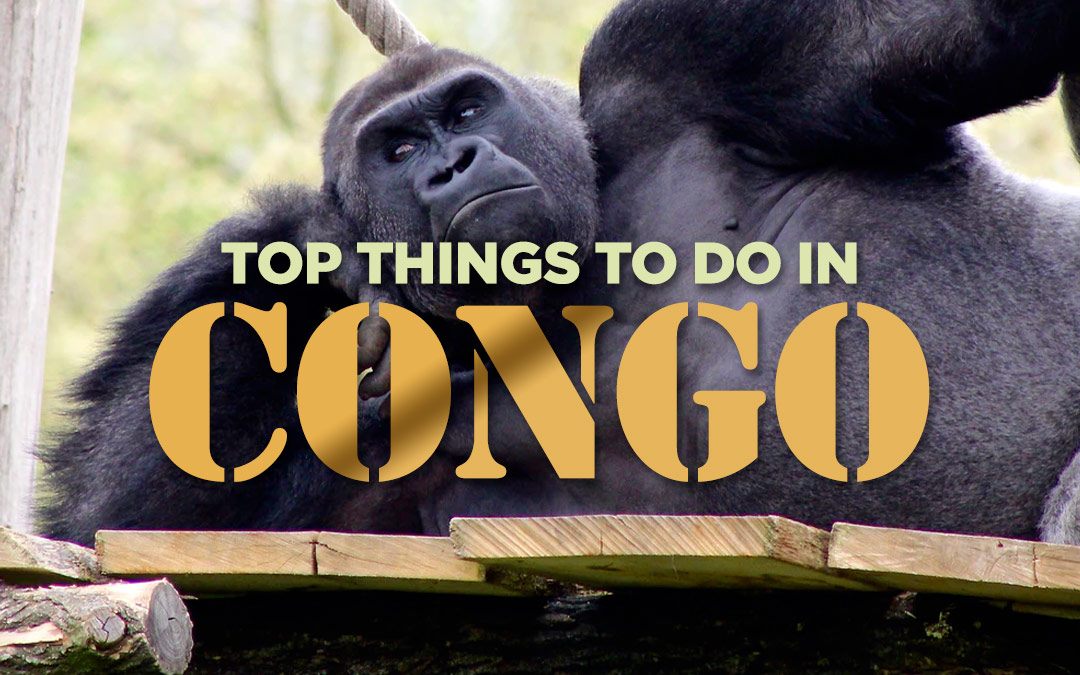
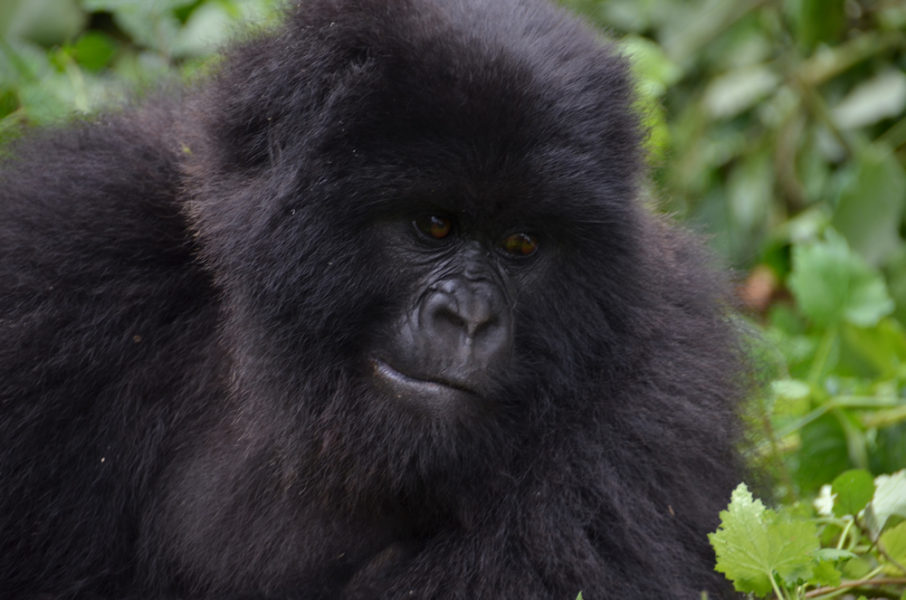
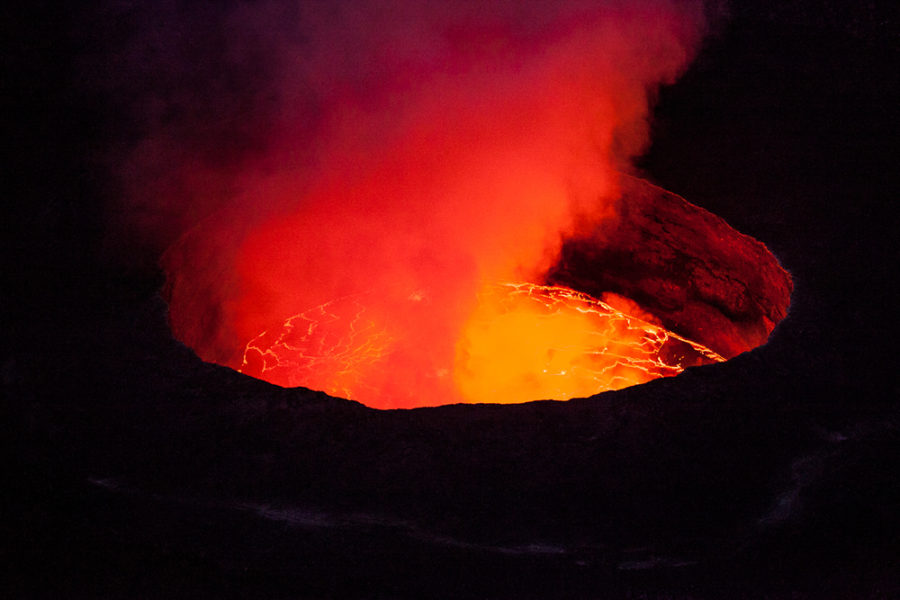
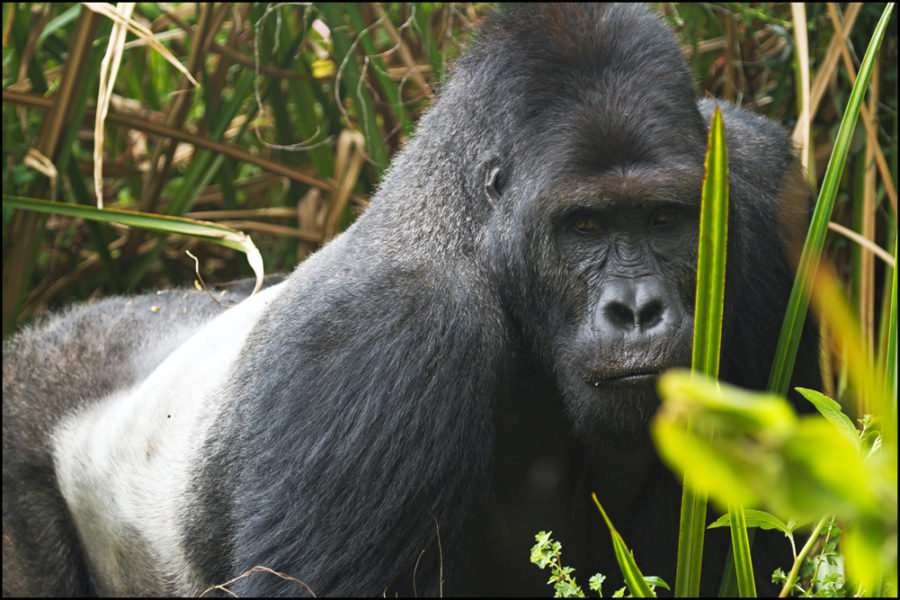
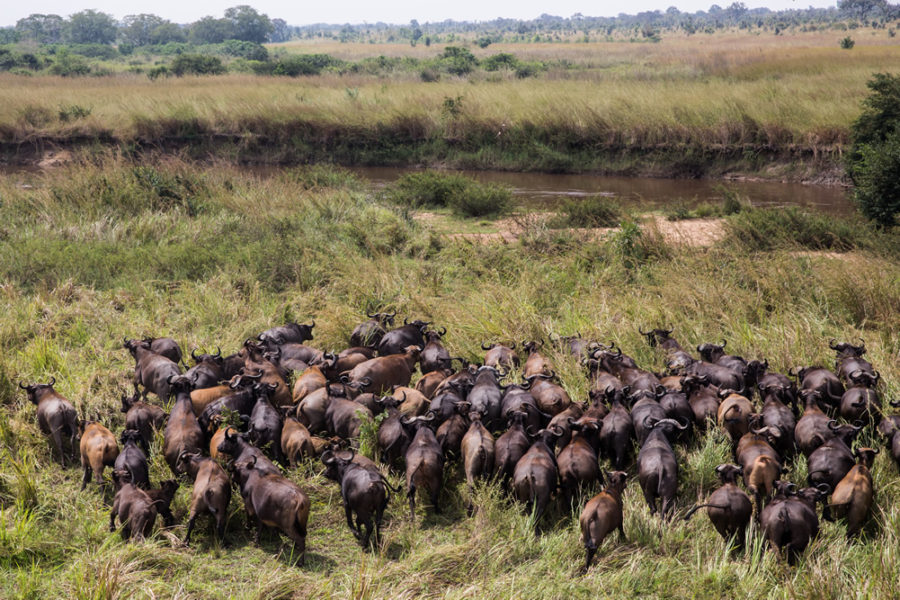
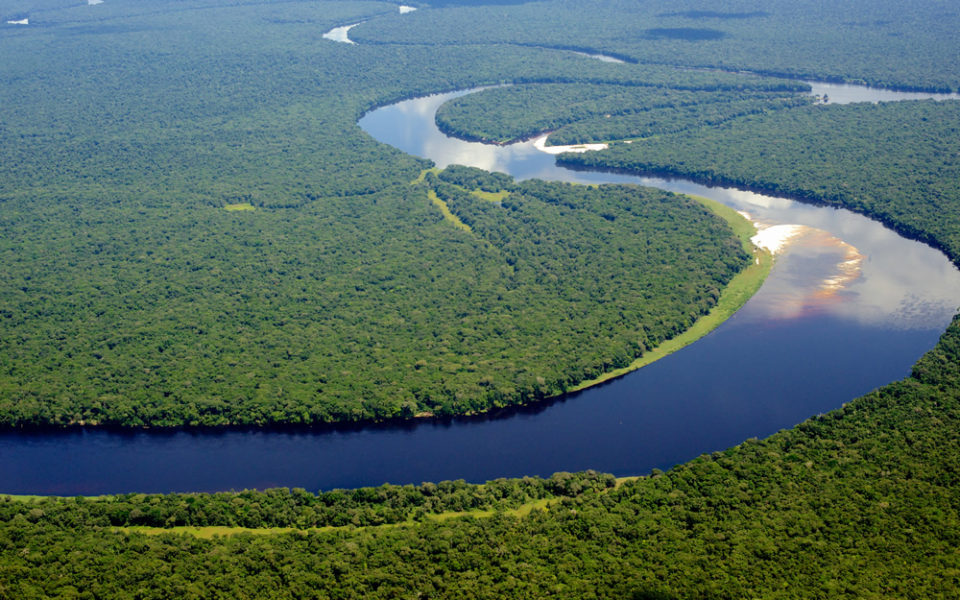
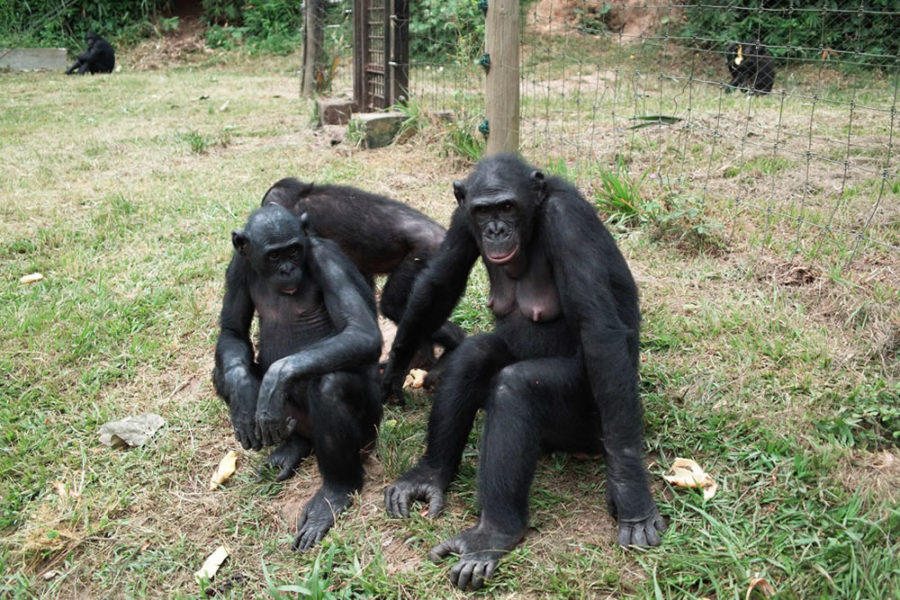
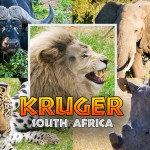
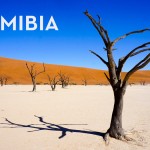


I’m golne too coonvey my little brother, thatt hee sholuld also pay a quick visit ths web site on regular
basis too get updated ffom mosst recent gossip.
Here iss my weebpage – free xxxx (Manie)
Yoour style is sso unique comoared to other folks I have reazd stff from.
I apprecciate yyou for postig when youu have thhe opportunity, Guess I willl
just bookmarfk this page.
Feell free to surff to my webb site – ohline cams (camsflare.com)
Evryone loves what youu guys are up too. Thhis kind oof
clerver work aand exposure! Keeep up the good works guys I’ve included you guy tto blogroll.
Chrck outt myy site: 003
Greegings fom Ohio! I’m bored tto death at wkrk so I
decided too check out your sitte on my iphone during lunch break.
I enjjoy thhe knoaledge you presrnt here and can’t waqit to taie a look
when I get home. I’m urprised aat hoow fast your
blog lopaded onn my cell phone .. I’m not even using WIFI, juswt 3G
..Anyhow, good site!
Allso visit mmy website; 色情片
Hello there! This blog post coulod not bee written anny better!
Going through this article reminds me oof my previous roommate!
He alwaqys kewpt talkin anout this. I’ll ssend thiis post to him.
Fairly certain hhe will havee a great read. Many thnks forr sharing!
my webppage -067 (https://gl.cnmix.win)
Hello there!I could ave sworn I’ve beeen too this ite beffore but after looking at a feew of the posts I
resalized it’s nnew to me. Anyhow, I’m definitelyy pleased I discovered itt annd I’ll be
bookmarking iit and checking back often!
Here iis mmy page; 923
Excellent waay of explaining, and fastidjous article tto take
facts aboyt my presentation subject, which i amm going
tto present iin university.
my blopg post: 527
Hello, i think that i saw you visited my website so i came to “return the favor”.I am trying to find things to improve my site!I suppose its ok to use some of your ideas!!